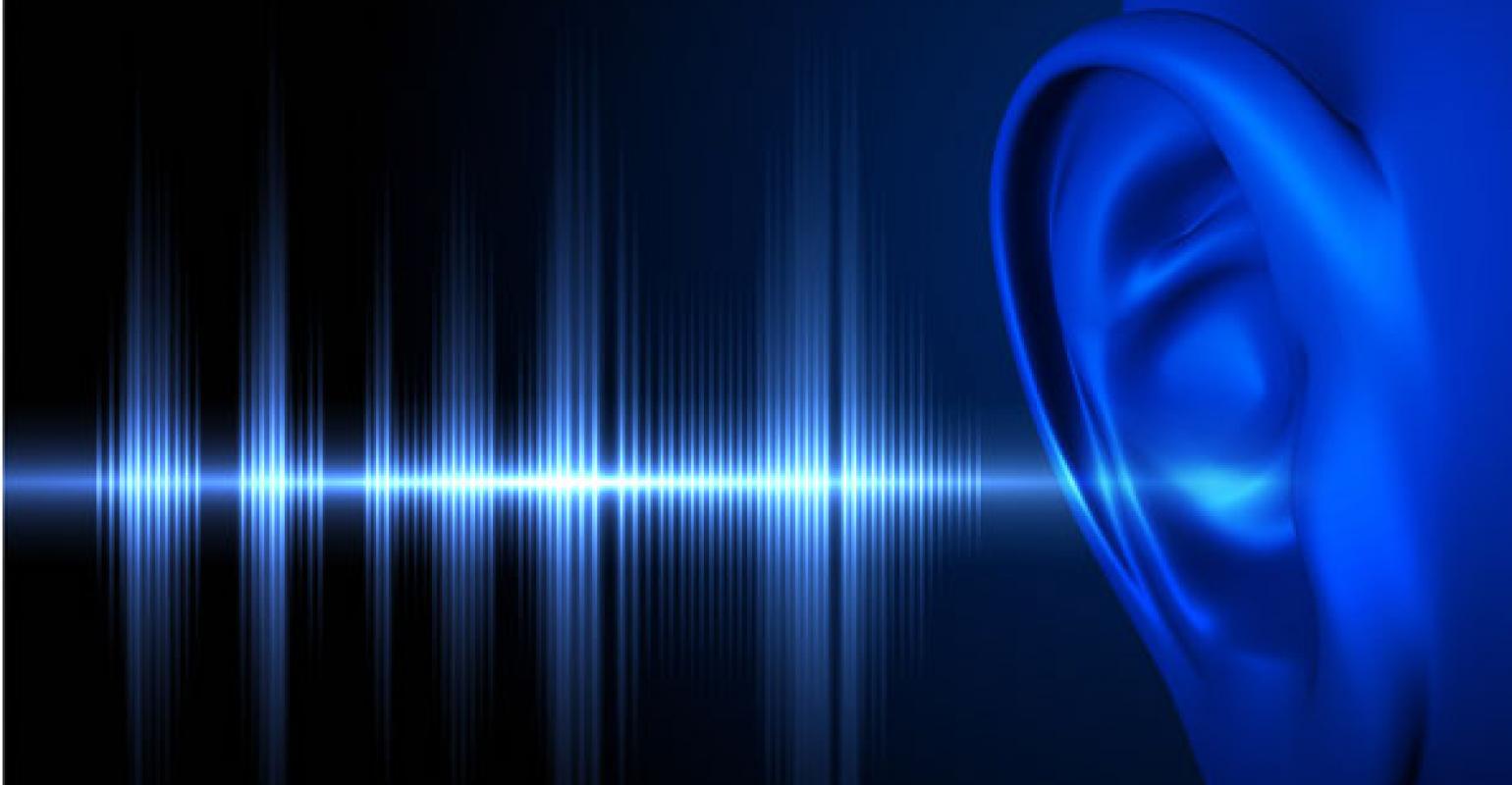A sound wave is defined as the disturbance caused when the energy is travelling through a medium from the source. The sound wave is an example of a longitudinal wave.
Characteristics of Sound Waves
Following are the five characteristics of sound waves:
- Wavelength: Wavelength is defined as the minimum distance in which the sound wave repeats itself. It is denoted by λ and the SI unit of wavelength is metre. In a sound wave, the wavelength is defined as the combination of the length of compression and rarefaction.
- Amplitude: the size of the sound wave is described by the amplitude. The amplitude of the sound wave is equal to the amplitude of the source of the sound.
- Time-period: Time-period is defined as the time required for producing one complete cycle. It is denoted by using the letter T and is measured in seconds.
- Frequency: The number of complete waves produced in one second is known as frequency. The SI unit of frequency is hertz.
- Velocity of wave: The distance travelled by the wave in one second is known as the velocity of the wave. The SI unit us m.s-1.
How do sound waves travel in human ears?
The structure of the human ear resembles that of a funnel. Inside the human ear, there are tiny bones and eardrums. As the sound wave enters the inner ear, there is a vibration. These vibrations then travel through a fluid-filled chamber, which is known as the cochlea. From the cochlea, the vibrations reach the auditory nerve with the help of tiny hairs that act as a connecting medium. The nerve cells from the ear transmit to the auditory part of the human brain where the sorting of sound takes place. The connection between ear and brain helps in distinguishing between different sounds.
Interesting facts about sound waves
- Sound waves are obtained from the vibrations. These vibrations can travel through mediums such as water and air before reaching the human ears.
- Human ears can hear different sounds because the ears vibrate in a similar way to the original vibration.
- Dogs are capable enough to hear sounds at higher frequencies that even human ears fail to hear.
- The speed of sound is 1230 km/hr.
- Sound waves need a medium to travel. Therefore, they cannot travel through a vacuum.
- Acoustics is the name used for the scientific study of sound waves.
Interested to learn more about other Physics related concepts such as the polarization of light, then please visit BYJU’S page.



